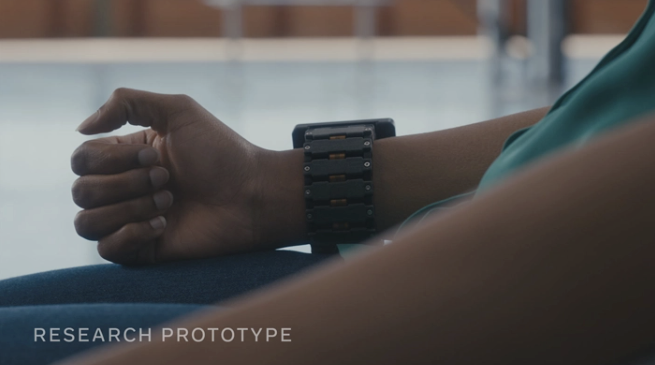Rethinking notifications on future AR devices
What design affordances do we want around AR devices so that they don't inherit the shortcomings of today's notifications?

In a series of recent blog posts, Facebook has been sharing the progress they’ve made towards a “contextually-aware, AI-powered interface for augmented reality (AR) glasses”.
One of their talking point is how today’s devices (e.g. phones, watches) come at the expense of the interactions with people physically present with us. Instead of forcing us to choose between the two, future devices will let us look up and stay in the world.
To get there, we’ll need to rethink the most disruptive element of today’s devices — notifications.
Notifications today
A study from 2014 found that people deal with 63.5 daily notifications on average, mostly coming from messaging and email apps. Even though the average smartphone user today is more deliberate about managing their notification settings, we really haven't come that far in the past decade.
We're often faced with a choice of receiving no notifications or all of the notifications, without anything in between. For me, this usually means that I'll just turn off all notifications, even if it means I'll miss a few things.
Slack is actually an exception here, offering a middle ground where you'll only get notifications for direct messages, mentions, and keywords.

This is actually a game-changer because it lets people signal whether a message is urgent or whether it's fine to read at some point. If a coworker wants to reach me, they can mention me in the message and I'll immediately get a notification. Otherwise, I'll just get to it when I open the app.
That being said, there's still so much farther we could go with notifications. For example, Slack has a notification scheduler where you'll only receive notifications in the hours you choose. The problem is that you could only choose one time range (e.g. from 8am to 6pm).
I would love the option to receive notifications at specific time slots during the day so that I could stay completely focused outside of those times.
Notifications tomorrow
Facebook is currently experimenting with haptic wristbands as the channel through which their future AR system will communicate with the user. Think of this as the analog to phone vibrations, except for AR.

The question is – what design affordances do we want around haptic feedback so that it doesn't inherit the shortcomings of today's notifications?
Timing
Compared to the devices that came before it, future AR devices will be working with much more contextual information about what you're seeing and hearing.
This context will be important for deciding when it's appropriate to deliver notifications, rather than always delivering them right away. For example, it might hold off on displaying new text messages if it recognizes that you're in the middle of a conversation.
Placement
It's also worth considering the placement of notifications. A 2019 study compared the cognitive effect of 4 notification placements in VR: On-Body (on controller), Head-Up Display (attached to user's field of view), In-Situ (on wall), and Floating.

Based on the results, they made the following design recommendations:
- the heads-up display placement is the most intrusive and noticeable. This should be reserved for only urgent notifications.
- the in-situ (wall) placement is the least disruptive and easiest to miss. This is well suited for non-essential notifications.
- the on-body (controller) and floating placements are the most preferred ones, with the highest understandability and usability. Ideal for general notifications.
These recommendations suggest that the optimal placement for notification is highly dependent on their urgency and importance. This highlights the impact of improving out systems for classifying notifications in a way that's personal to us.
Friday Brainstorm Newsletter
For more, join 300+ curious people subscribed to the Friday Brainstorm newsletter. It’s one email a month with the most interesting ideas I've found related to science and health.